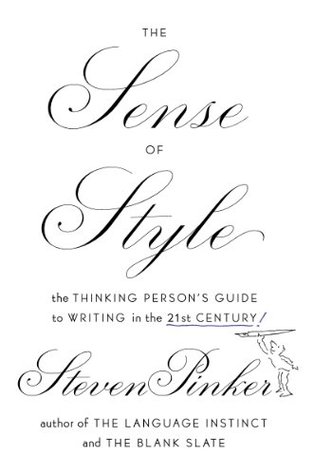Many spurious rules start out as helpful hints intended to rescue indecisive writers from paralysis when faced with a choice provided by the richness of English. These guides for the perplexed also make the lives of copy editors easier, so they may get incorporated into style sheets. Before you know it, a rule of thumb morphs into a rule of grammar, and a perfectly innocuous (albeit second-choice) construction is demonized as incorrect. Nowhere is this transition better documented than with the phony but ubiquitous rule on when to use which and when to use that.
Welcome back. Just a moment while we sign you in to your Goodreads account.


